Book Review: Hardy Succulents
>> Tuesday, December 10, 2013 –
book,
succulents
Continuing with my holiday season book reviews, today I'm looking at a book that I got a couple of years ago, and has helped fuel my branching into the sometimes spiky and spiny world of growing succulents: Hardy Succulents by Gwen Moore Kelaidis.
I have always grown some succulents, mainly sedum and the common-for-good-reason yucca, but only after I started conversing with other gardeners and read this book did I really start expanding into other areas of succulent growing -- and you'll soon see why.
The first thing you'll notice about this book as you flip through it is the photography. With most photos provided by Saxon Holt, there's not a bad or boring image in this book -- every shot is beautiful!
The book starts out with an overview of succulents and how they can contribute, and you're quickly introduced to lots of different plants: agaves, ice plants, sempervivum (hen and chicks), sedum, opuntia -- some brief remarks before getting into more details.
It then covers each family of succulent in more detail, but to be honest I'm a little lost at how it's organized. It starts with the smallest plants: sempervivum, moving to orostachys -- which I was unfamiliar with before reading about them here -- ball and barrel cactus, but then moves on to containers, ground covers, and "stars of the brown season".
Only quite a bit later does it move on to larger plants like agaves and yuccas, prickly pears and chollas.
I suppose now that I've actually thought about it there is a method to this organization, keeping the uses of the smaller plants with the section that describes them, before moving on the the larger plants and their usage. When reading it for the first time though, it takes an awfully long time to get to the larger plants -- a little frustrating if you're an agave or opuntia lover.
Still, I've never actually sat down and read this book cover to cover. I typically jump around, reading the sections that appeal to me at the time. Zone hardiness is listed for all of the species, and there are often specifics about how to best help it survive winters -- cold is usually not the problem with many of these, it's moisture in the soils.
Sections at the end of the book explain planting, and there are tips throughout in this area too. If this book has one fault, it may be that there is not enough warning about hot climates with some plants, or that at least some of these are not deer-proof plants. For example, sempervivum. In my garden they can't be planted in full sun (too hot and humid in summer), and the deer will munch them if planted in the open. (It may be that the text of this book does mention both of those facts, but it's not prominent enough to be readily noticed.)
In summary, this is a gorgeous book that I almost guarantee will have you shopping for prickly, spiny, or thick-leaved plants regardless of where you live. The wonderful and numerous photographs make this a candidate for the coffee table, but don't be surprised if your guests who pick it up ask if you're growing any chollas or hen and chicks in your garden!
My four book review questions:
Am I glad to have it on my bookshelf? Yes!
Would I be disappointed if I misplaced it it? Yes!
Will I read it again? I'll flip through it over and over -- Yes!
Would I give it as a gift? Yes!
If you missed them, here are my previous book reviews from this season:
The Garden Club of America
The Forest Unseen
The Roots of My Obsession
Missouri Wildflowers
.
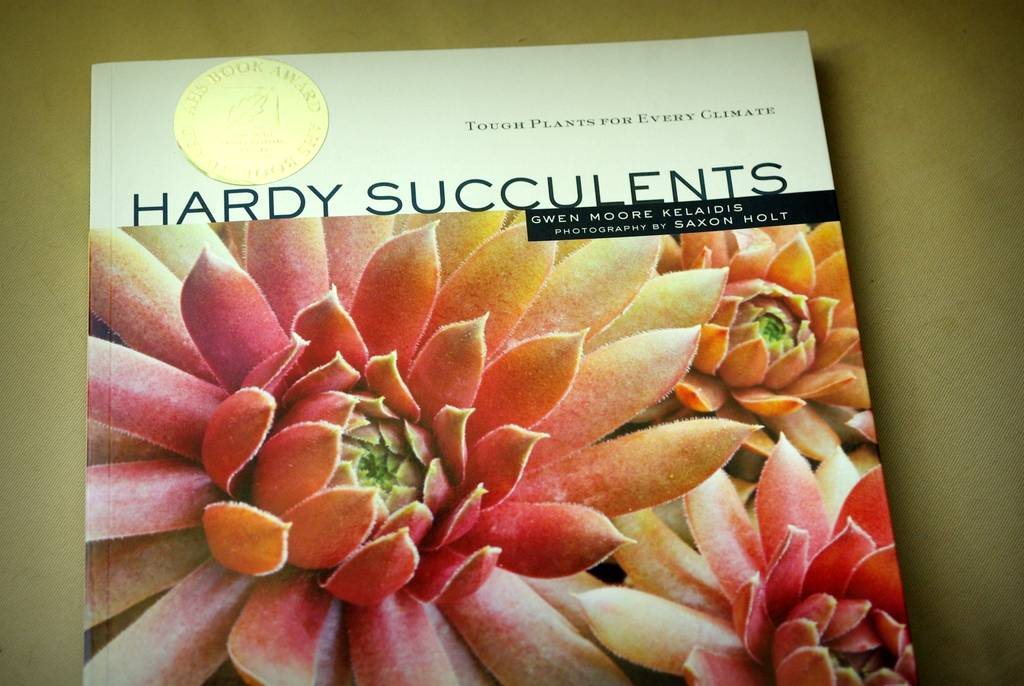
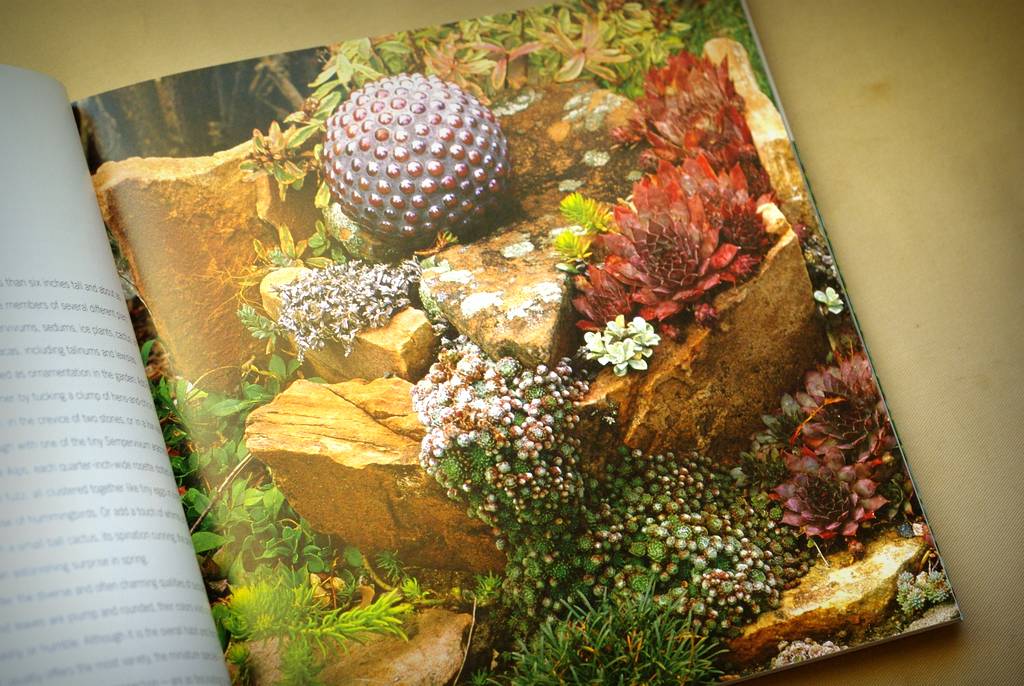
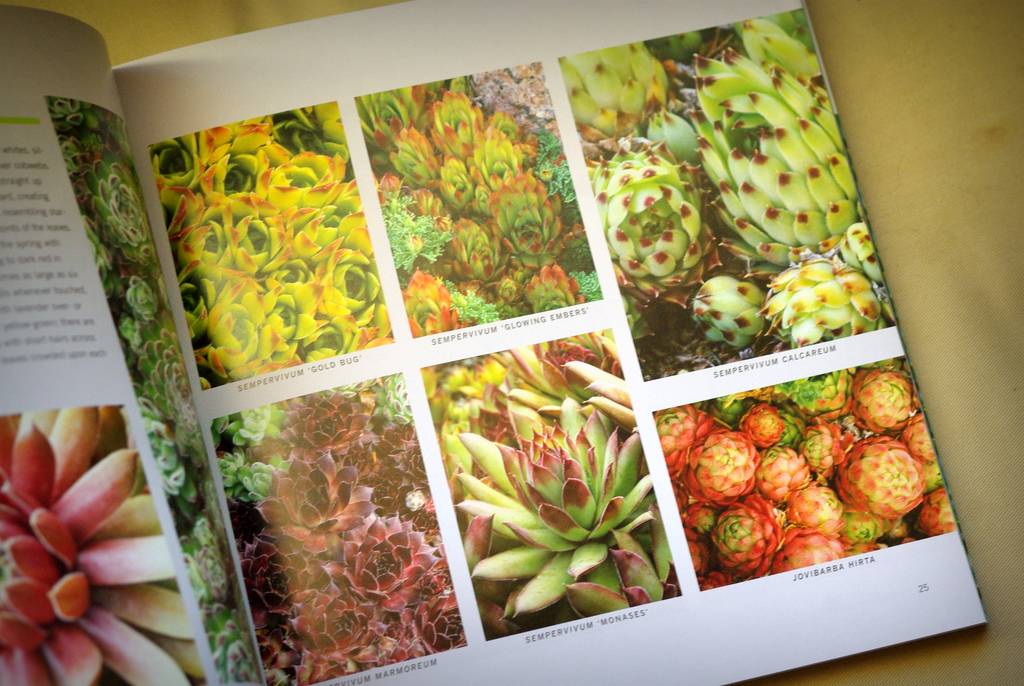

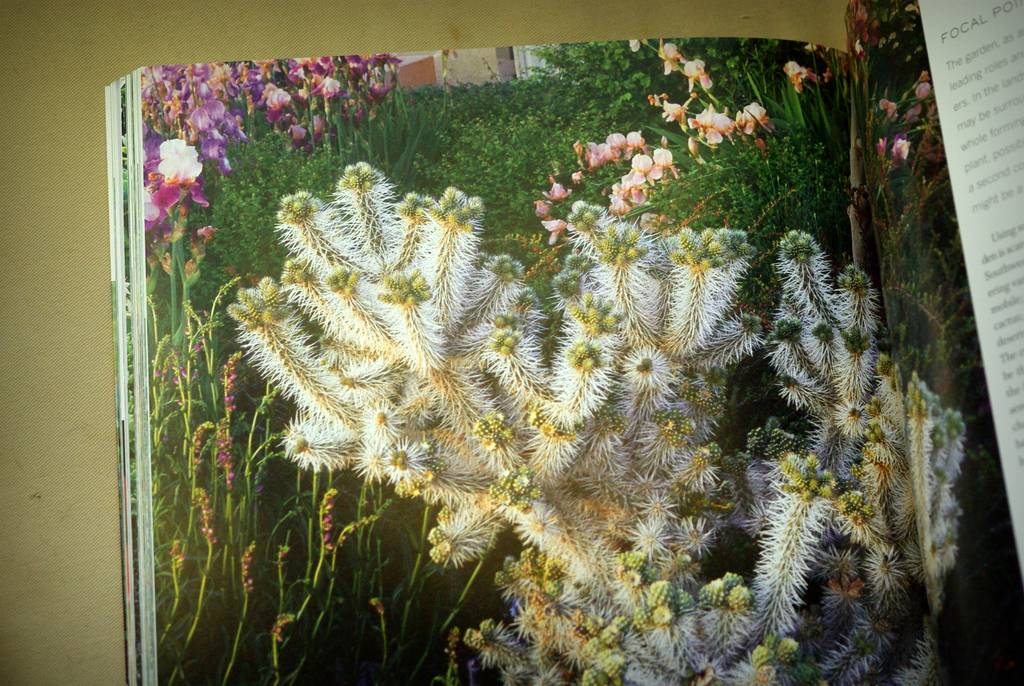
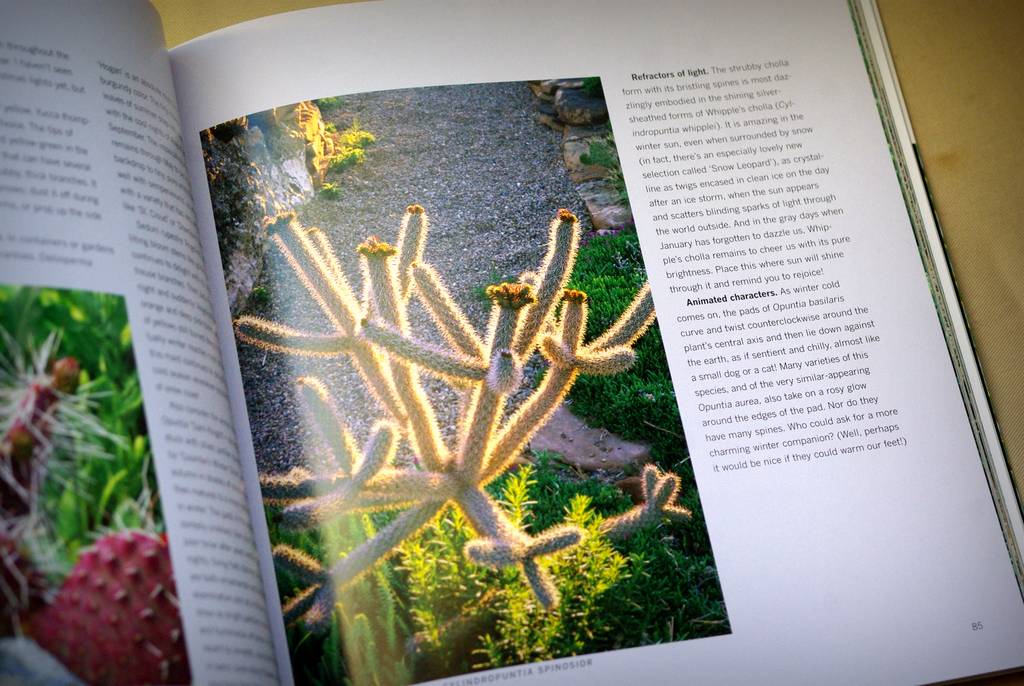
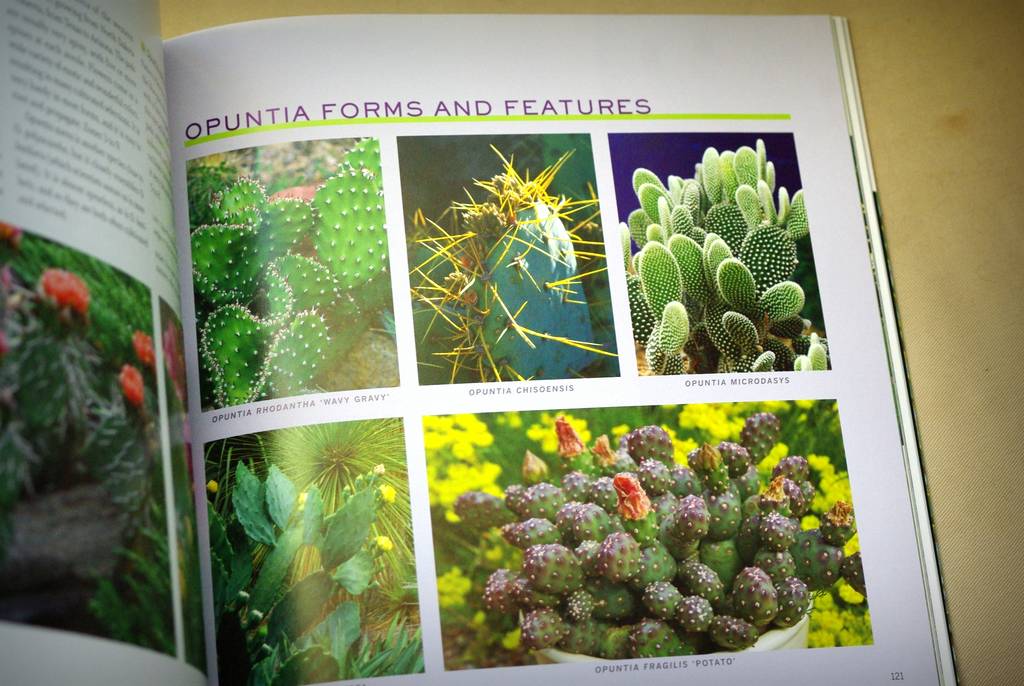




I agree 100%. This is one of the most beautiful succulent books. I often find myself grabbing it just to look at the photos.
Ah! Just in time for my Christmas wish list!
I haven't grabbed this one off the shelf in quite awhile. You've got me planning to do so...